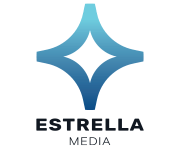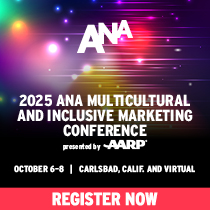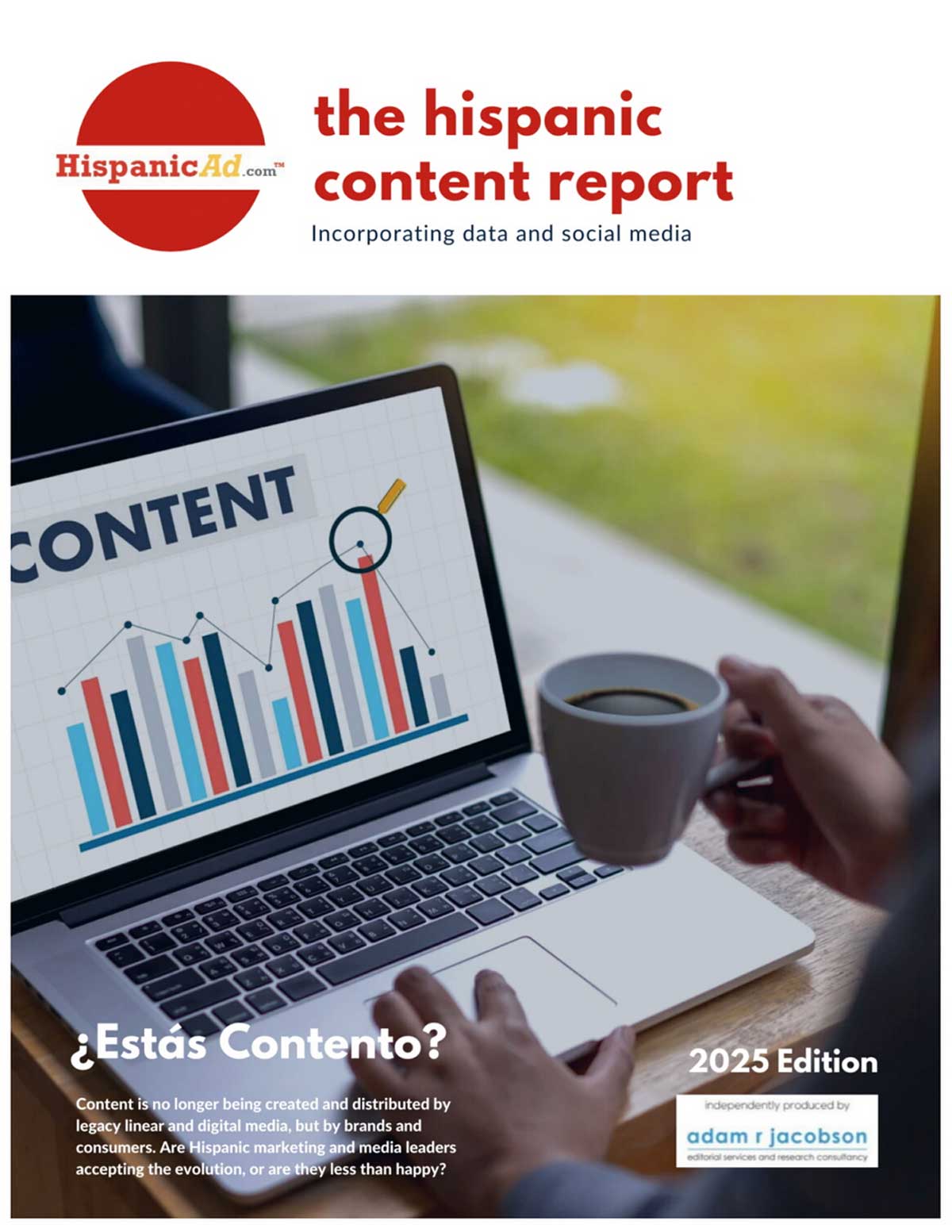The Fine Balance between automation and personalization in Social Media.
June 28, 2010
Surely, in the course of your social media work, you’ve experienced a certain moment of frustration. It may have been with a client or with your very own company, and, in your head, it would have sounded something like this: “Why aren’t we sharing all our YouTube videos on Facebook or on our website?”
That frustration is caused by the awareness, either explicit or implicit, that content can and should be repurposed. Not only that, but when it is repurposed, the benefits are exponential. If you use Twitter, Facebook, YouTube, Flickr, and your website as distinct channels, you’re relying on customers or potential customers visiting each one in turn — and let’s be real; you can’t build a marketing strategy based on the prerequisite that strangers follow you around the Web.
No, the foundation of power is to shift your thinking altogether. Imagine that every digital touchpoint is part of your online brand ecosystem. Imagine that, no matter which channel your customers choose to use, they can either access your content or easily navigate to it: that your Twitter stream is visible from your website and can be followed with a click, that your online store is accessible via your Facebook Page, that your YouTube videos are embedded everywhere you look. It’s a virtual utopia, and one that leverages network effects: the exponential strength that comes from connecting and leveraging distinct nodes.
Social media sites acknowledge this sort of cross-posting bliss by making it ridiculously easy to implement. Want to push MailChimp campaigns to Facebook? Facebook posts to Twitter? Tweets to LinkedIn? There might not be an app for that, but there’s surely a feature you can enable to make it happen automagically.
The trick is finding the balance between making those things happen automatically and retaining an authentic, personal, non-annoying voice on social media. If I “like” you on Facebook, but I’m getting News Feed updates every few minutes because you’ve linked your Twitter account, I’ll hide your feed.
Automation is no substitute for engagement. It is there to make your life useful as well as that of your customers. So at every point that you’re tempted to automate, ask yourself, “What will this do to the customer experience?”
With our clients, and because Facebook updates generally occur less frequently than Twitter updates, we automatically cross-post from Facebook to Twitter but not vice versa. Instead, we put tabs on Facebook Pages that pull the Twitter, YouTube and blog feeds, and then we manually cross-post to the Wall when the update is important enough to deserve it. We automatically cross-post YouTube updates wherever we can, and we tend to personally link our Twitter accounts to our LinkedIn accounts.
Developers live by the DRY code mantra: “Don’t Repeat Yourself.” If you have lots of headers, you can tell the browser that each one should be 14pt bold, or you can tell the browser that all headers should be 14pt bold and then tell the browser which bits of text are headers. With the latter way — the DRY way — if you ever need to change the header format in the future, you only need to change it once.
For social media, I propose a slight modification to the mantra: DRY UP. Don’t Repeat Yourself, Unless (it’s) Personal. If there’s a way to automate the propagation of your online content and make yourself more efficient, take it, unless it will in some way compromise the selfsame personal relationships you are using social media to build.
by Kaila Colbin
Kaila Colbin blogs for The Web Genome Project, a movement to create a virtual topography of the World Wide Web.
Courtesy of MediaPost.




























